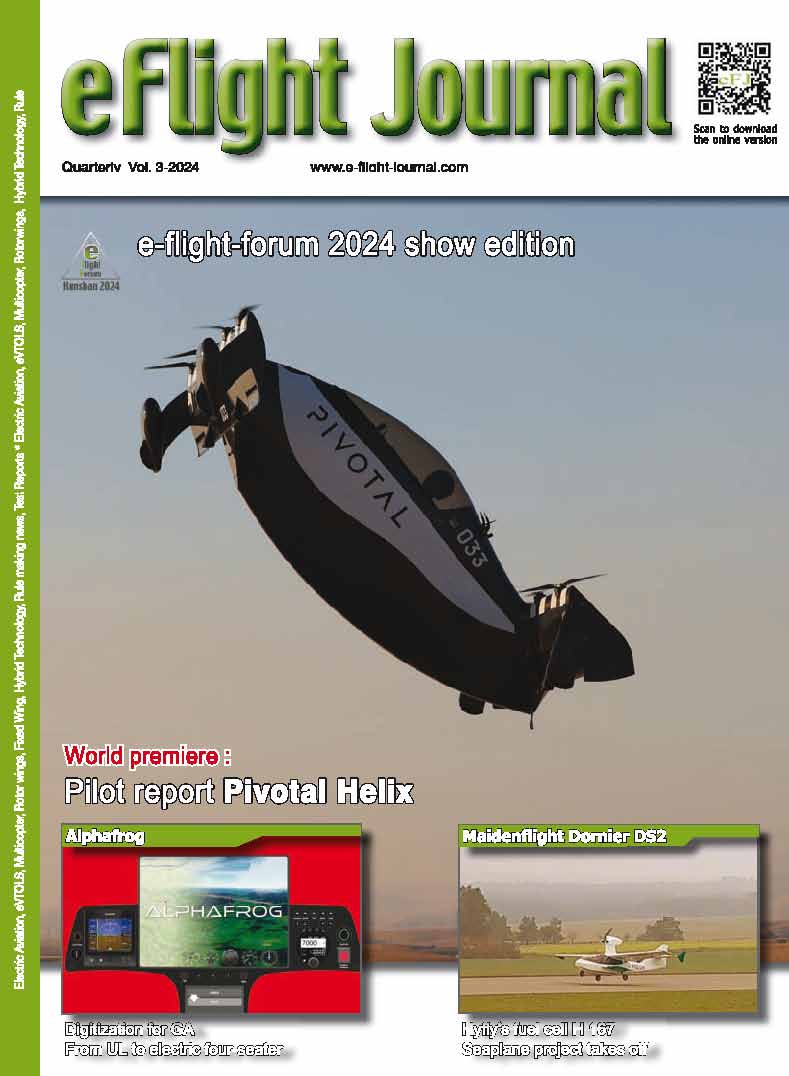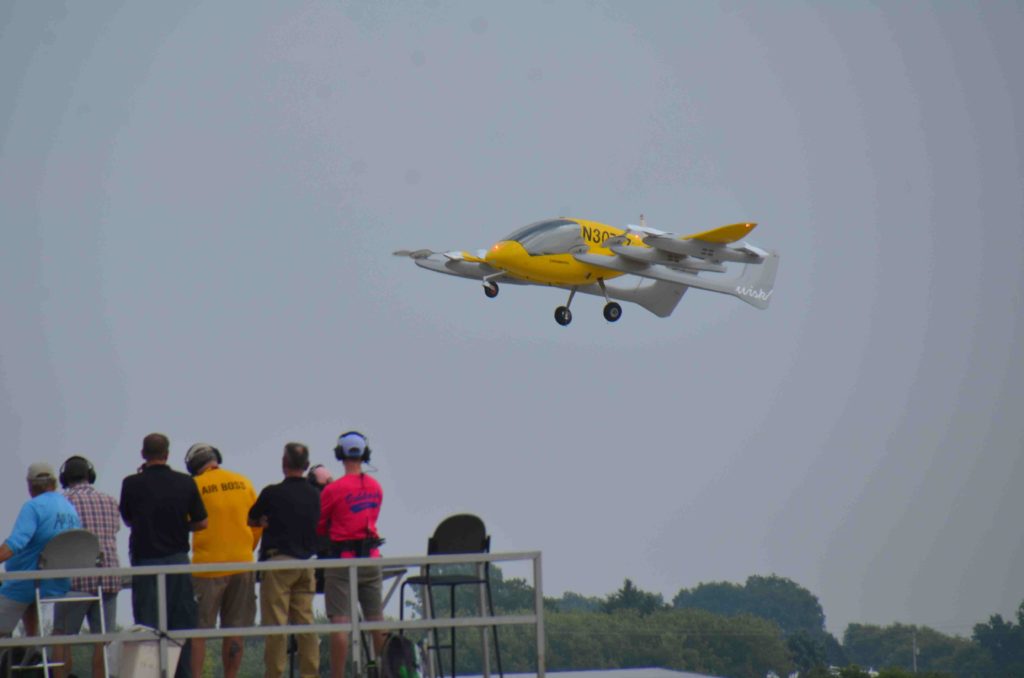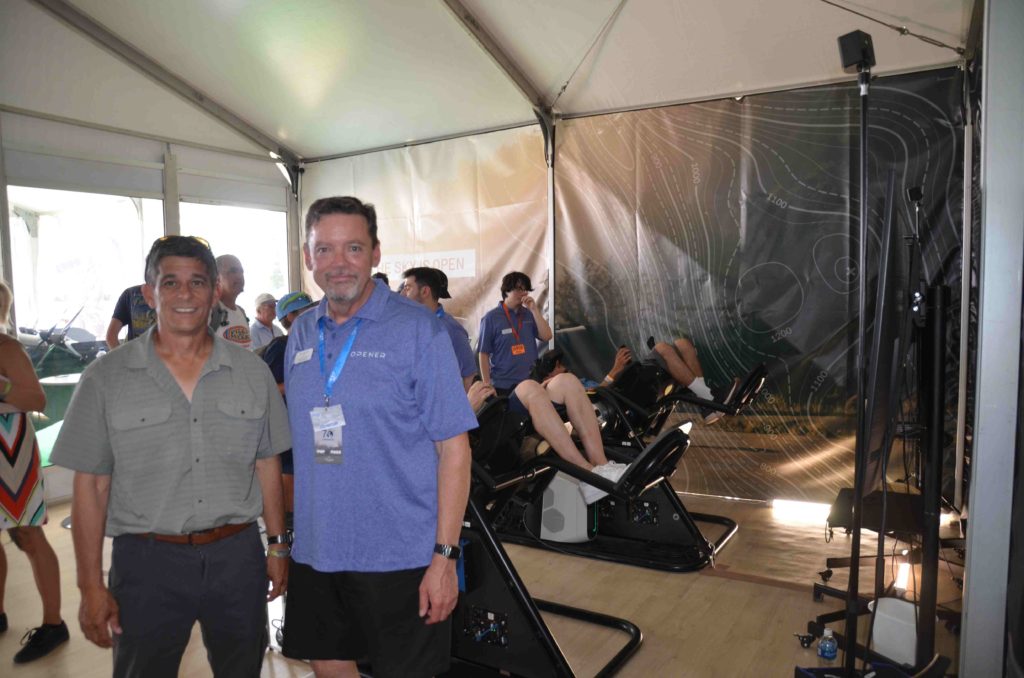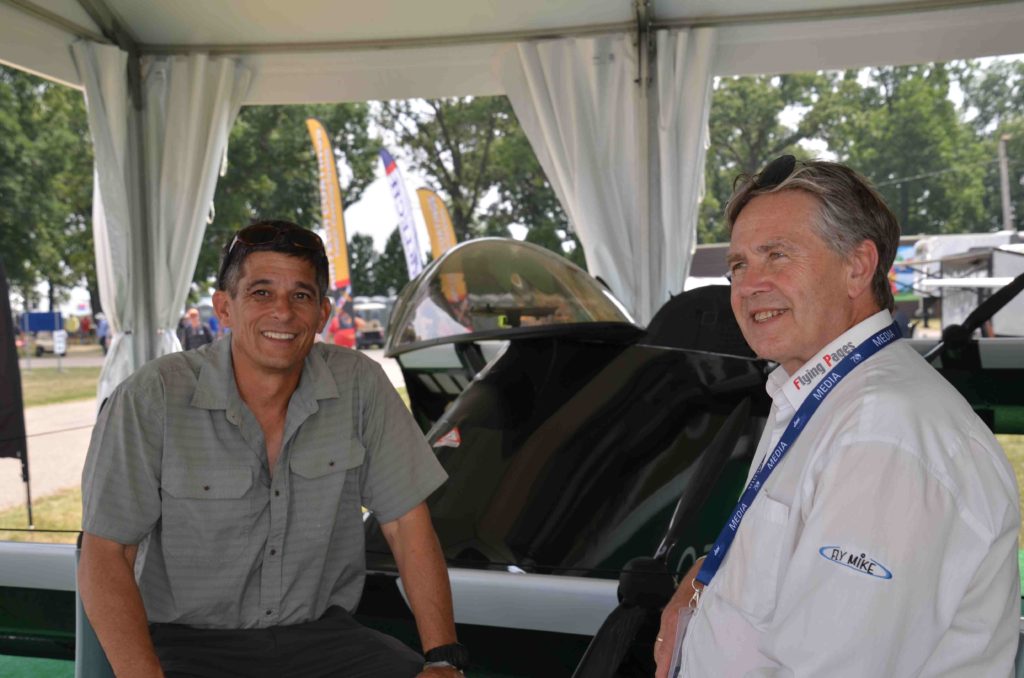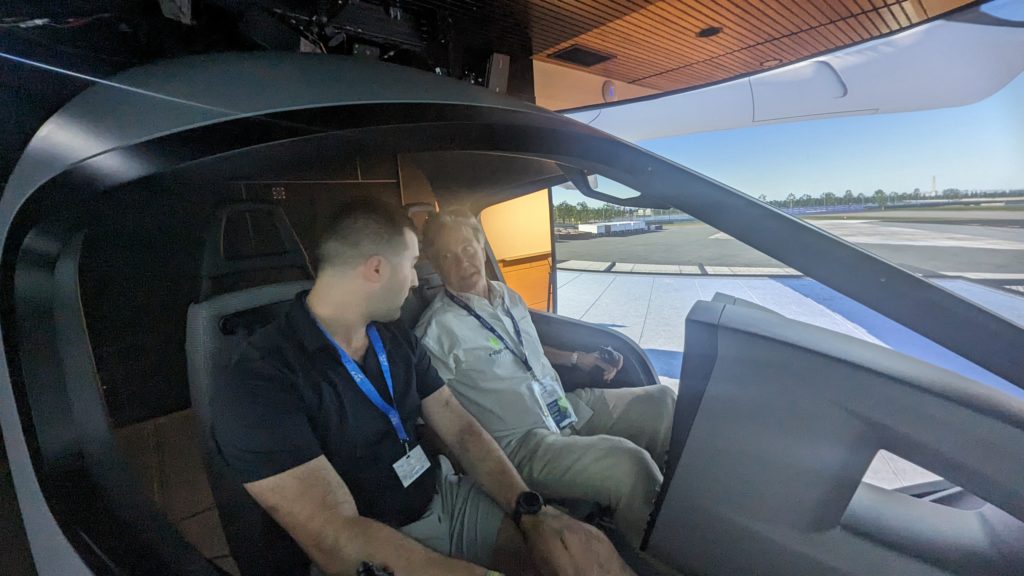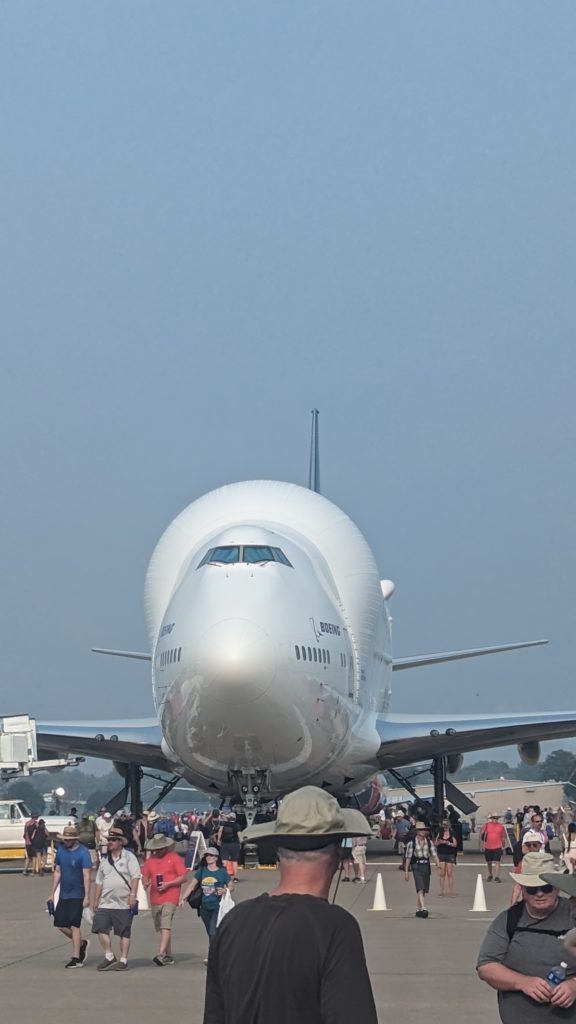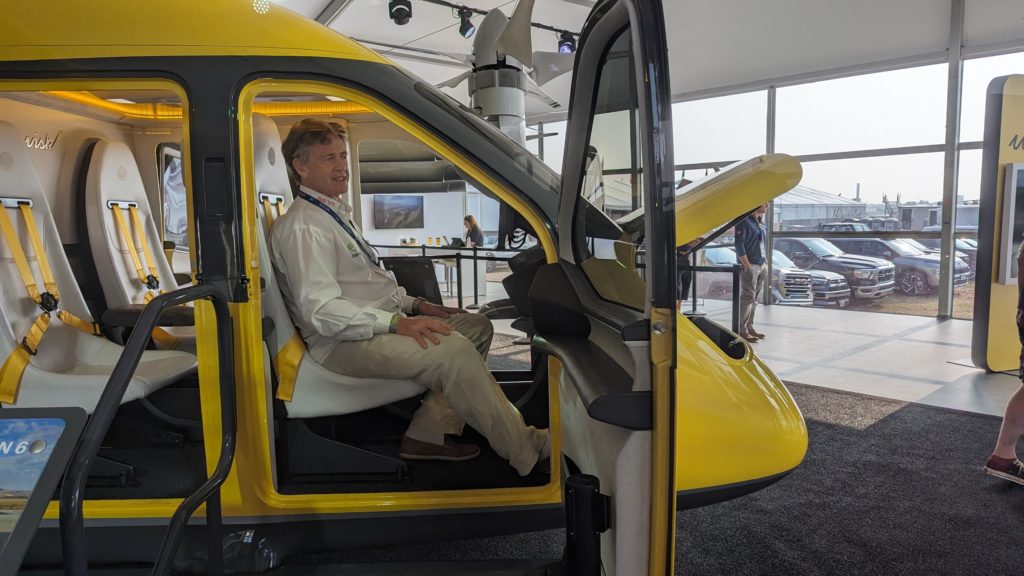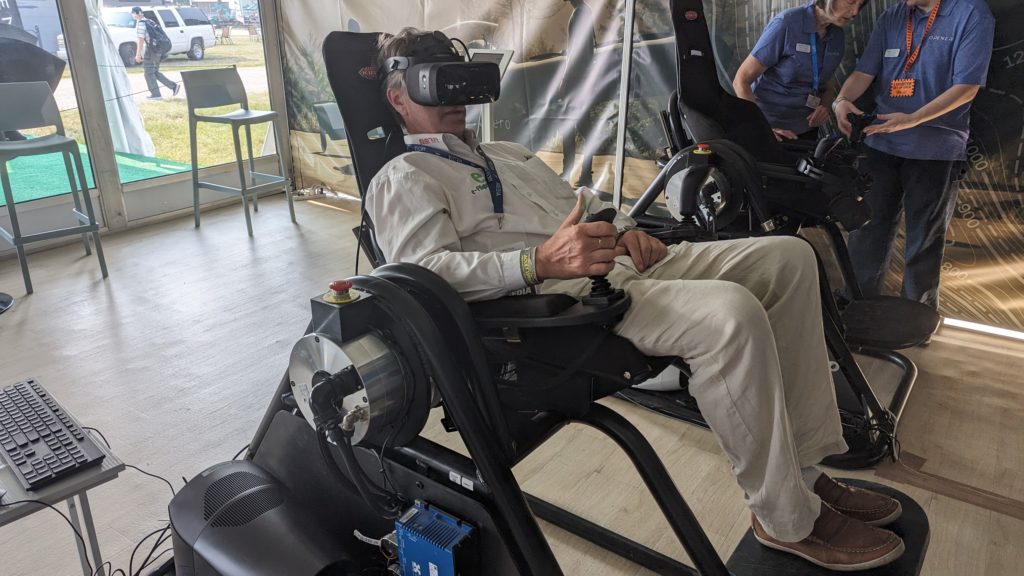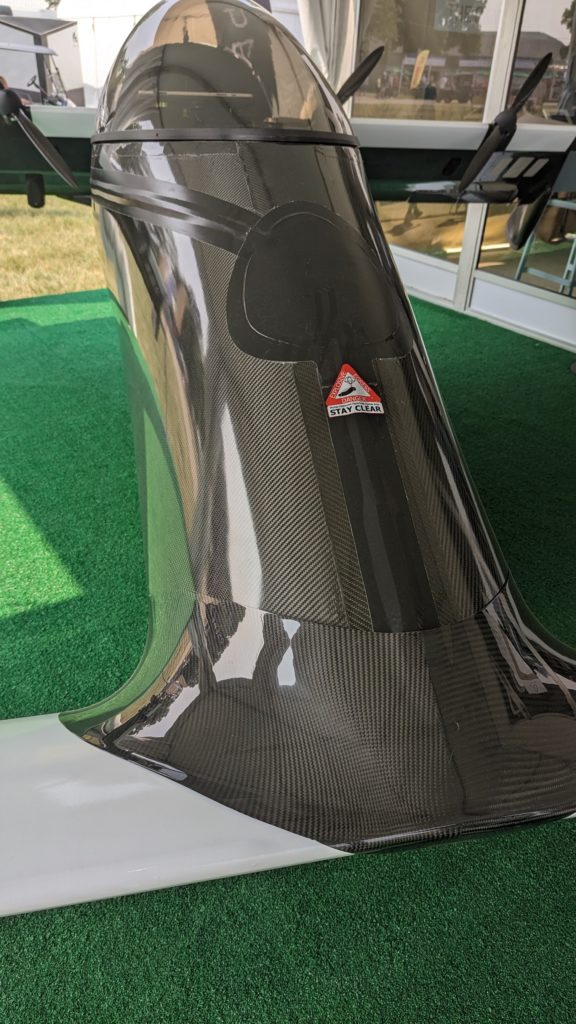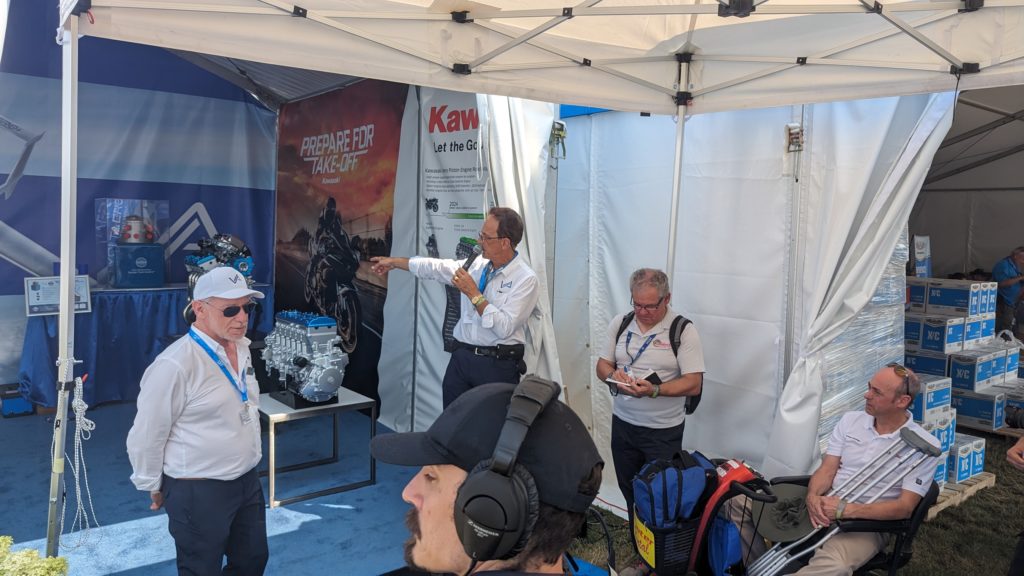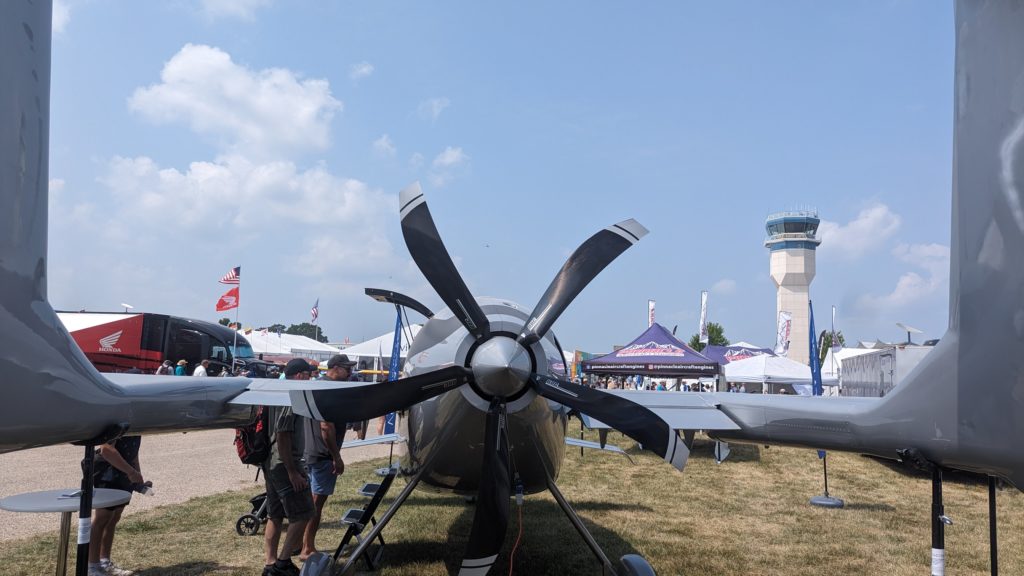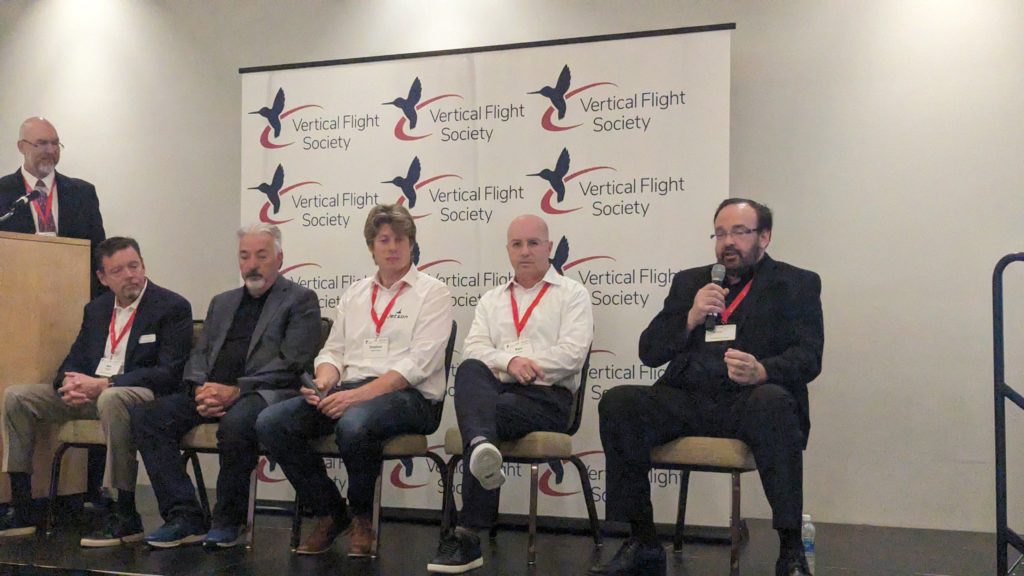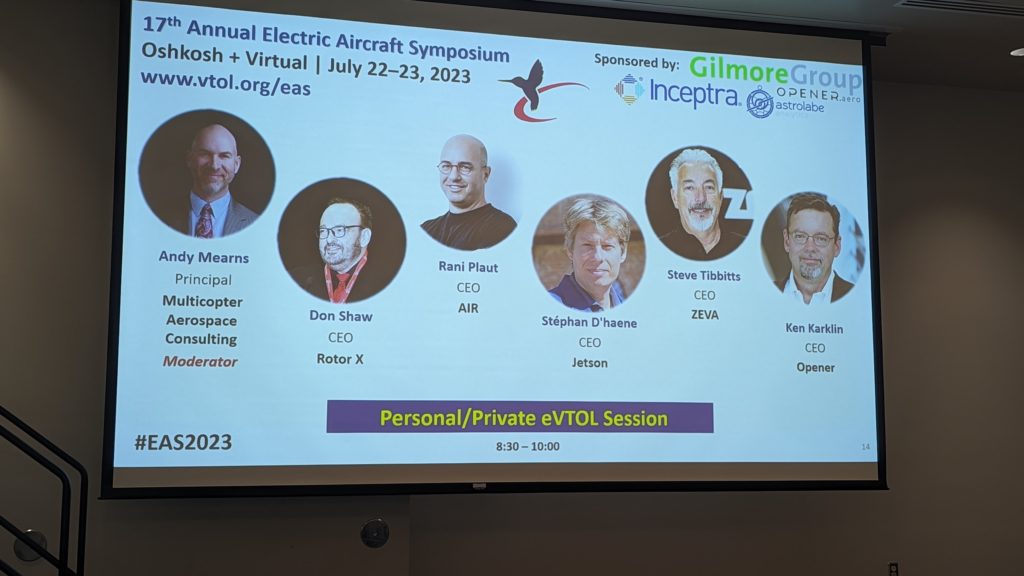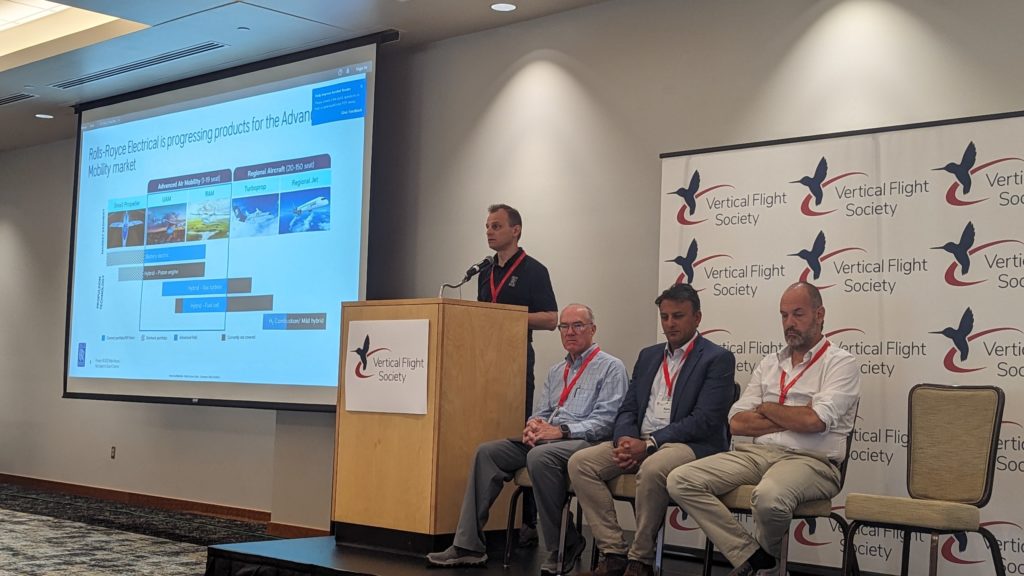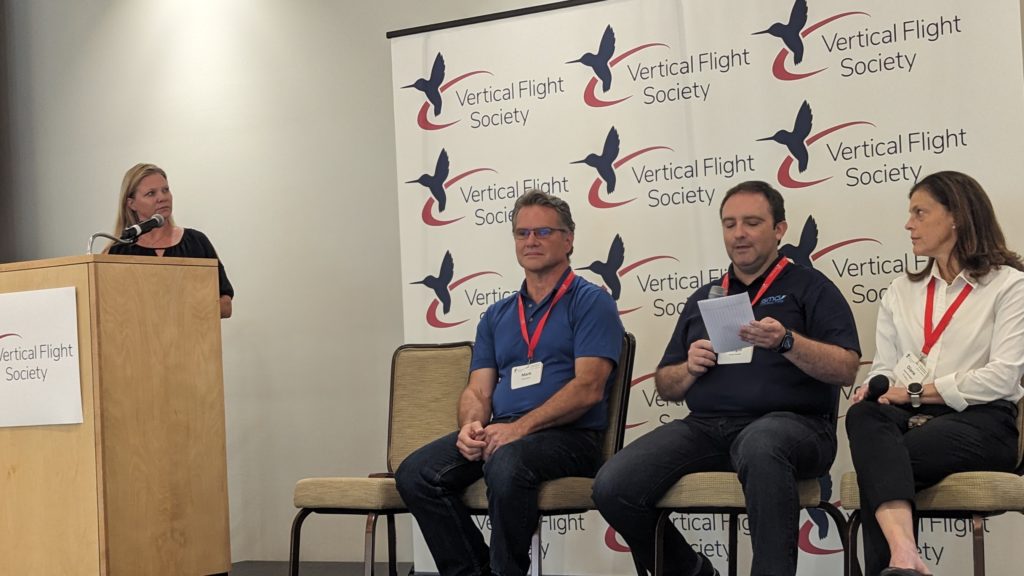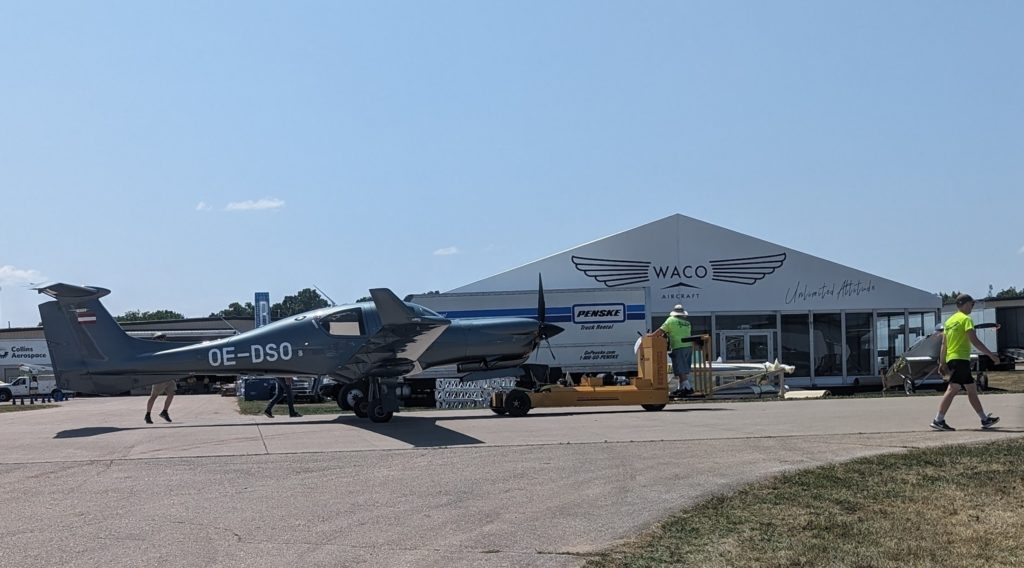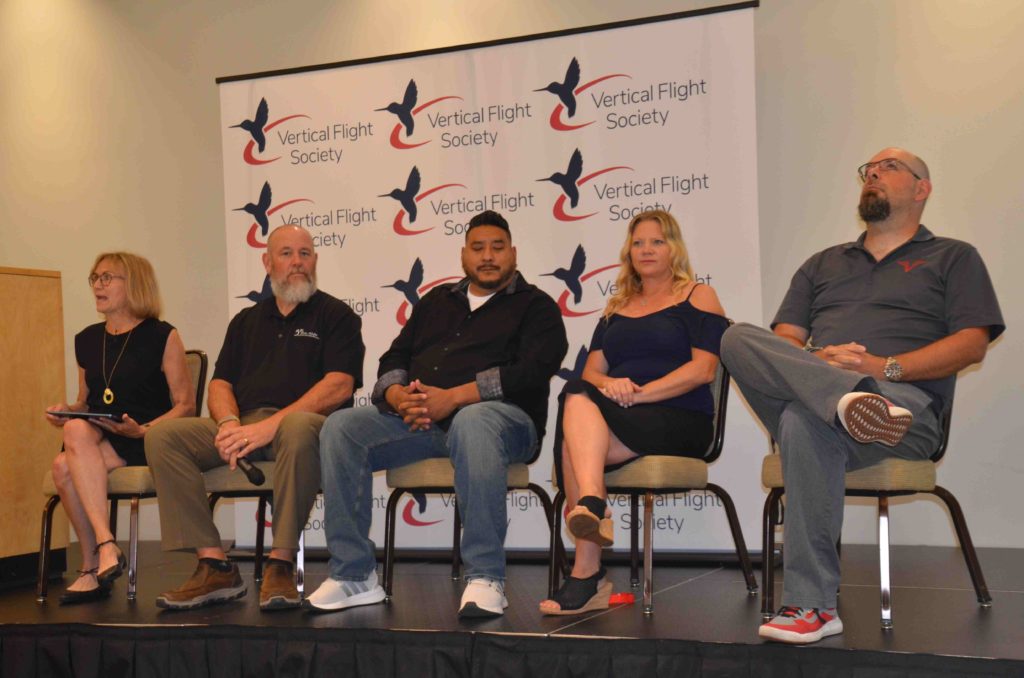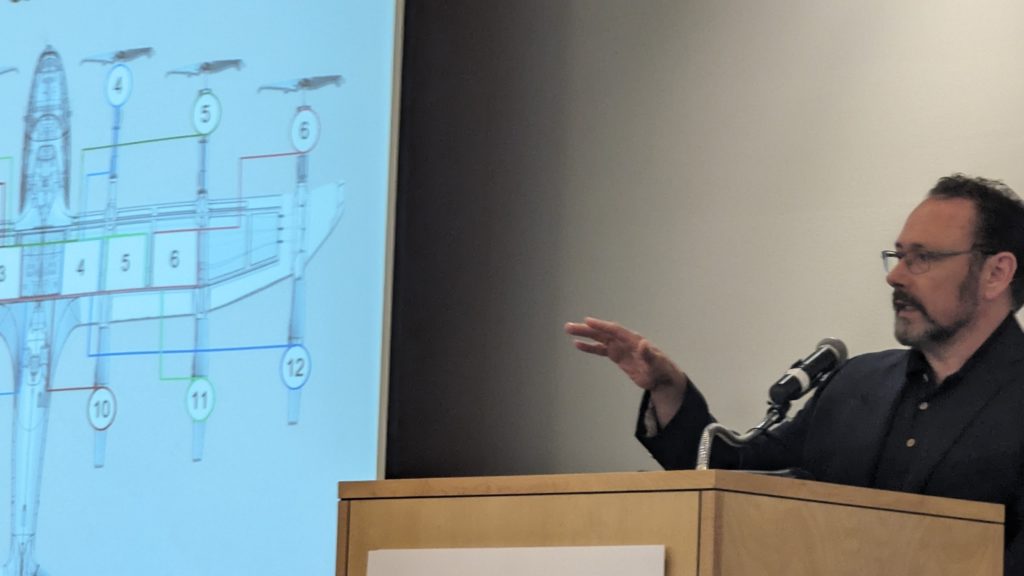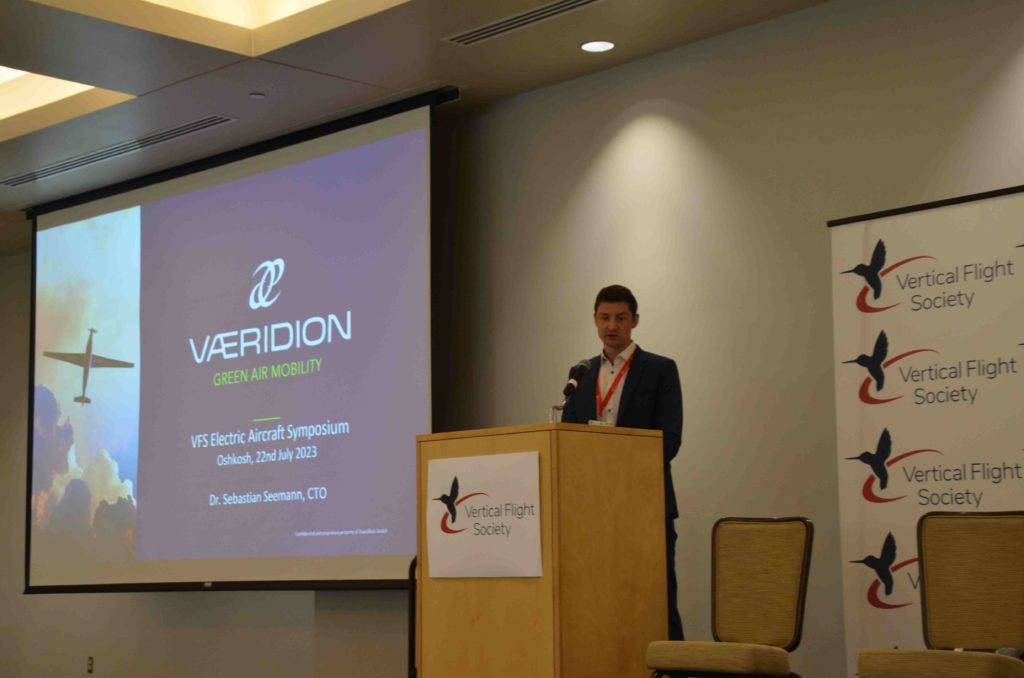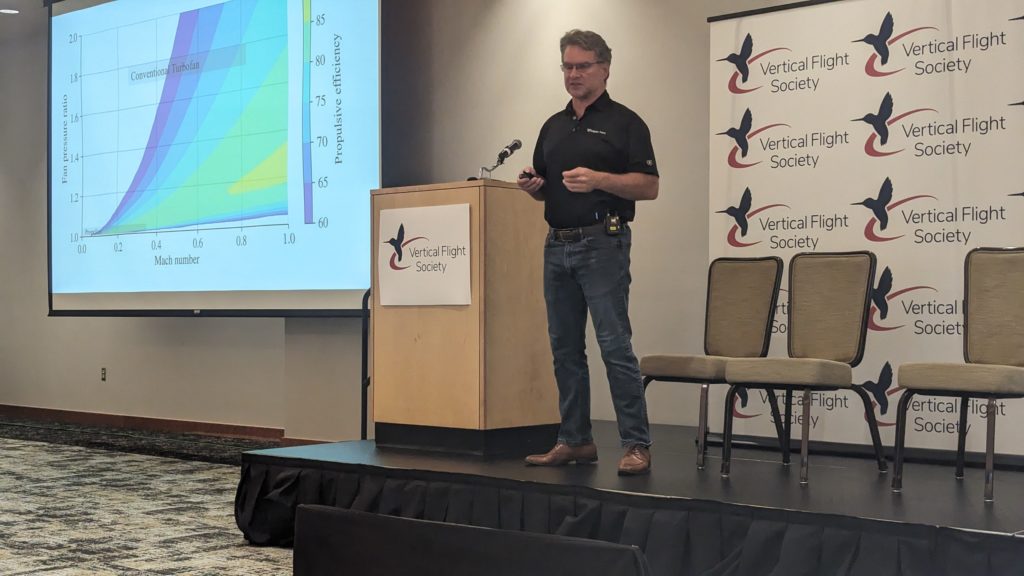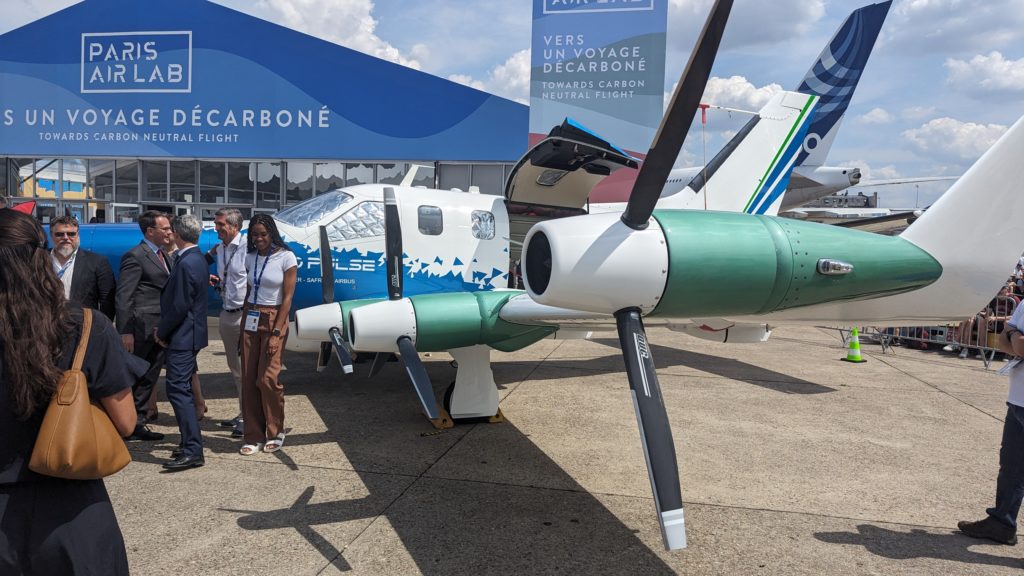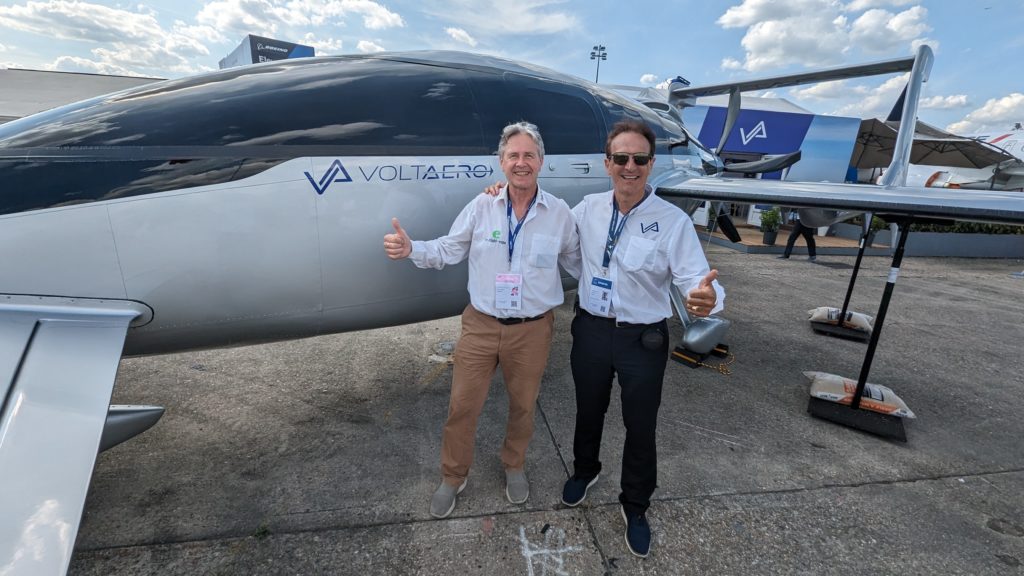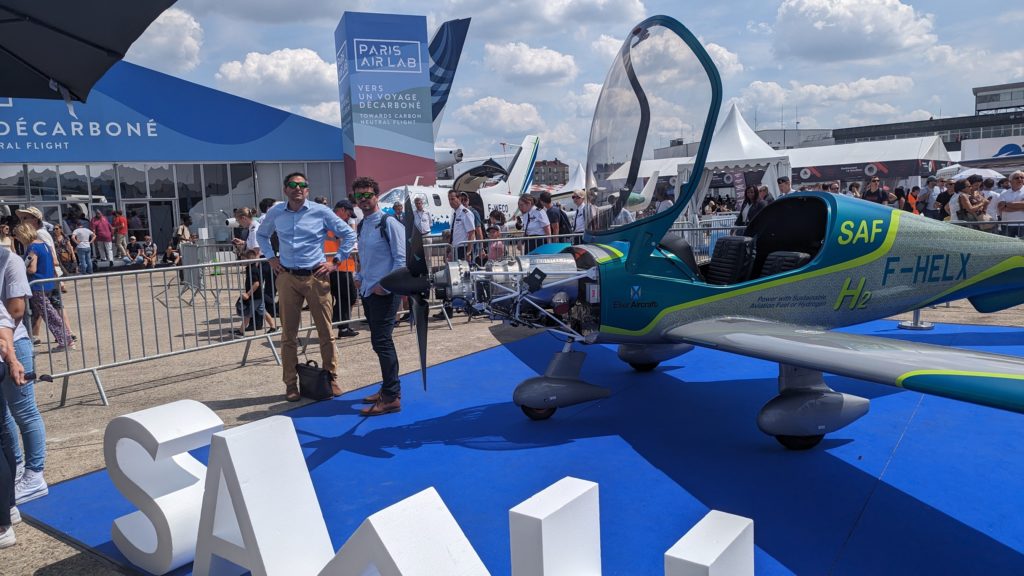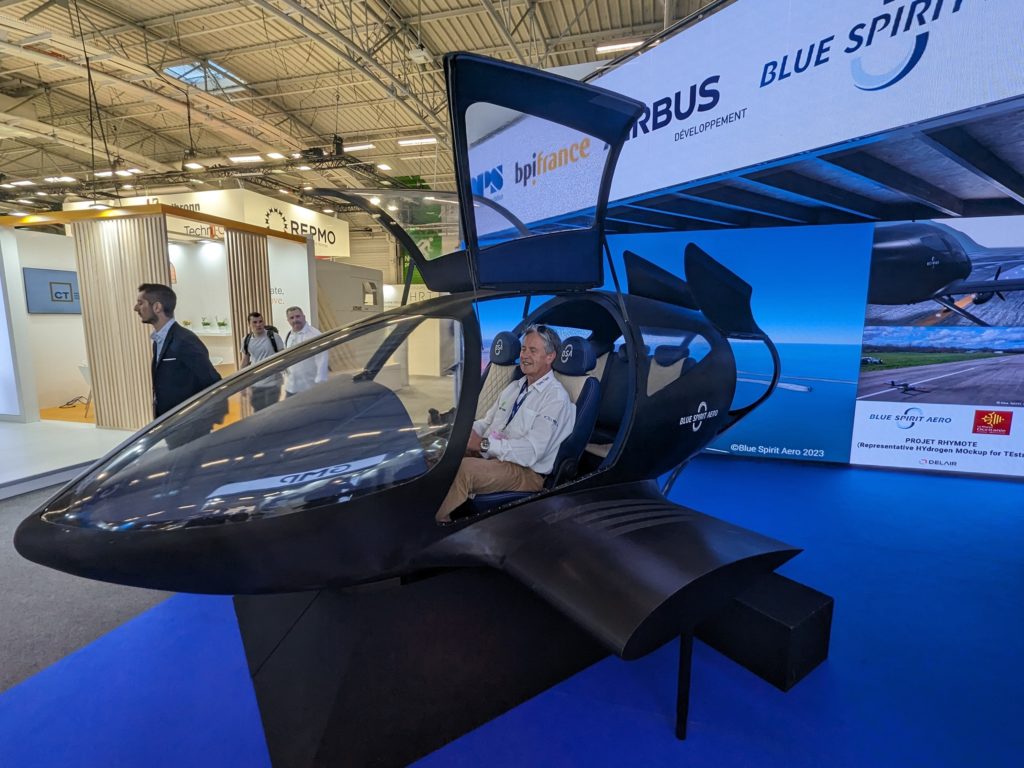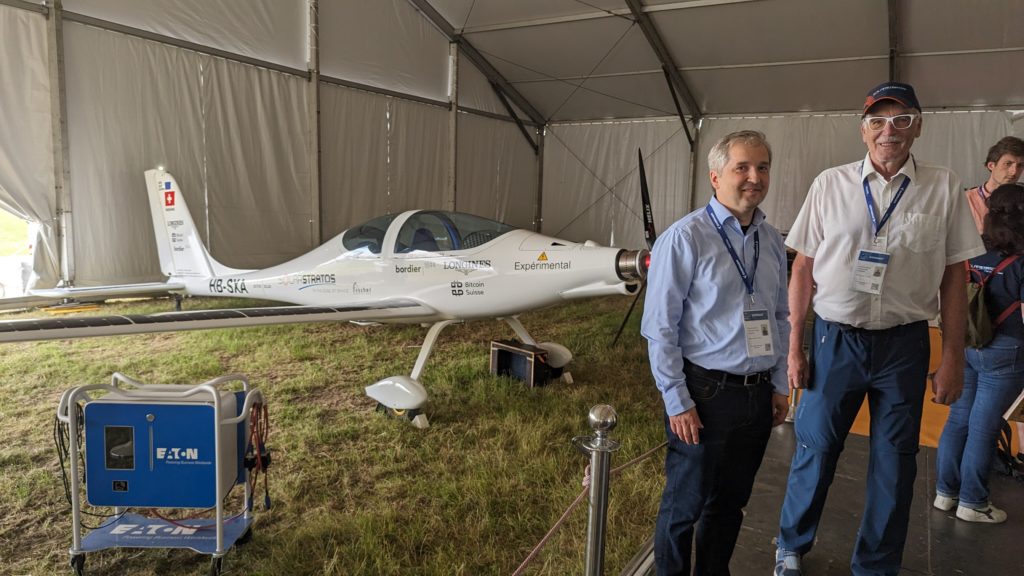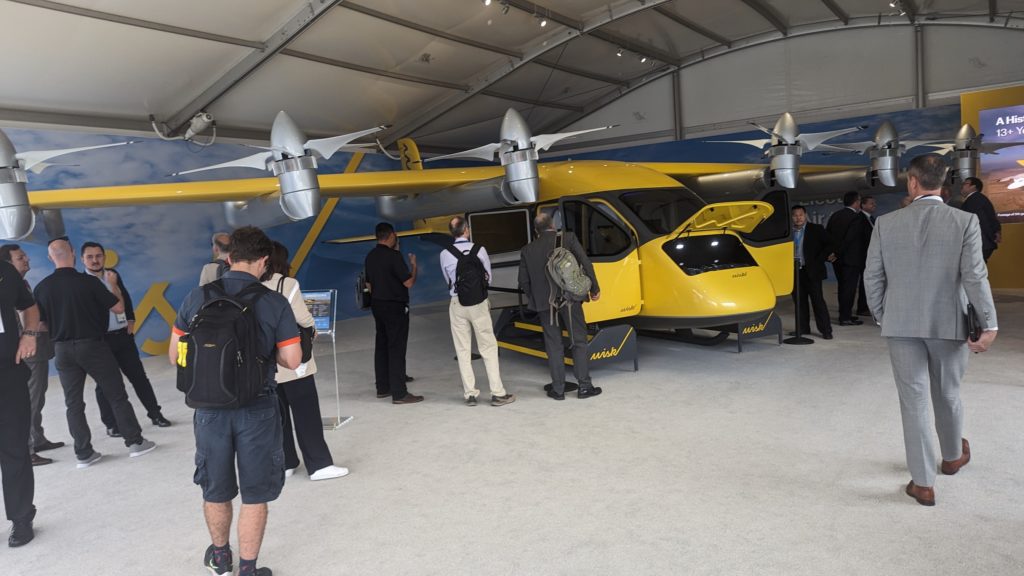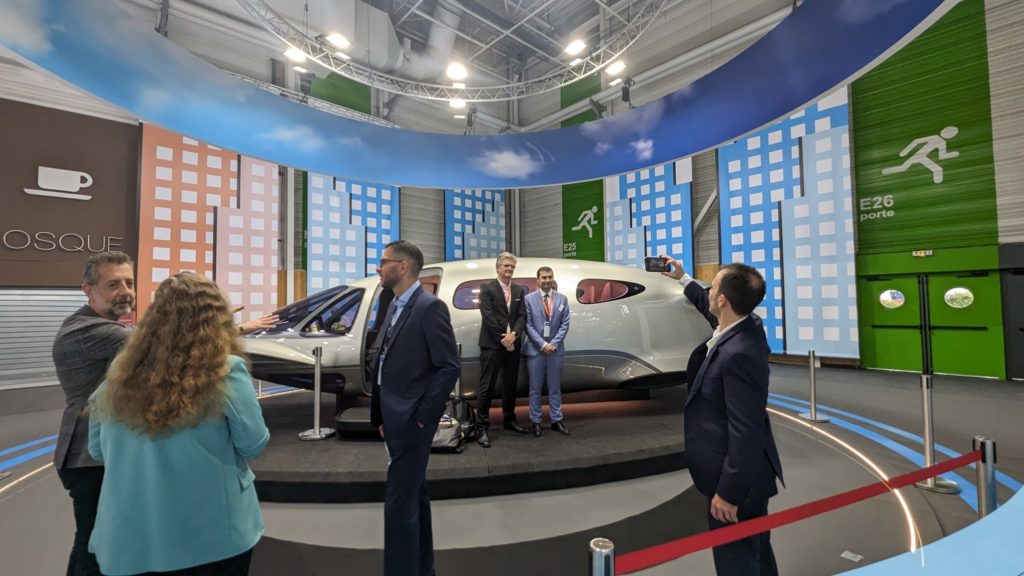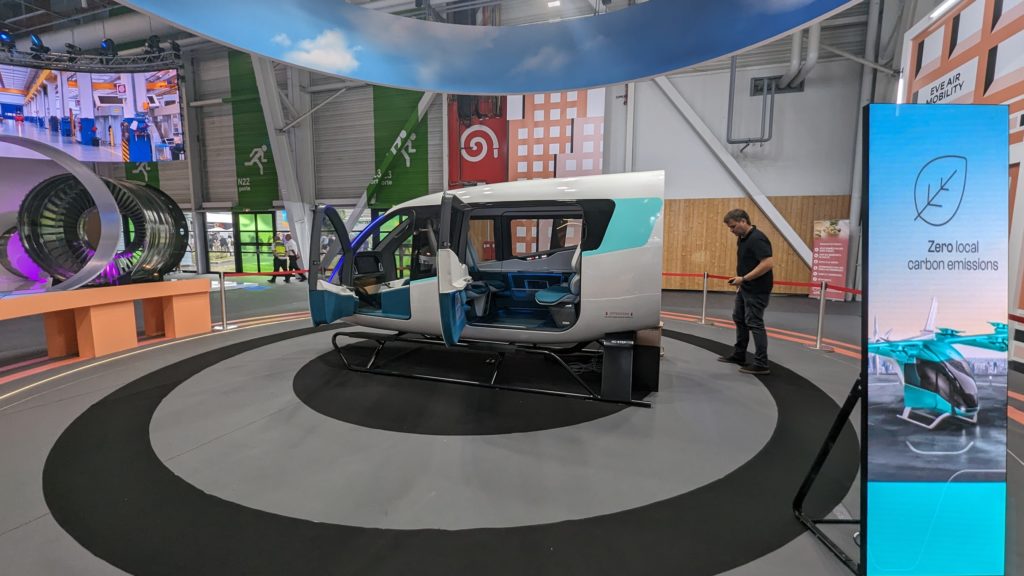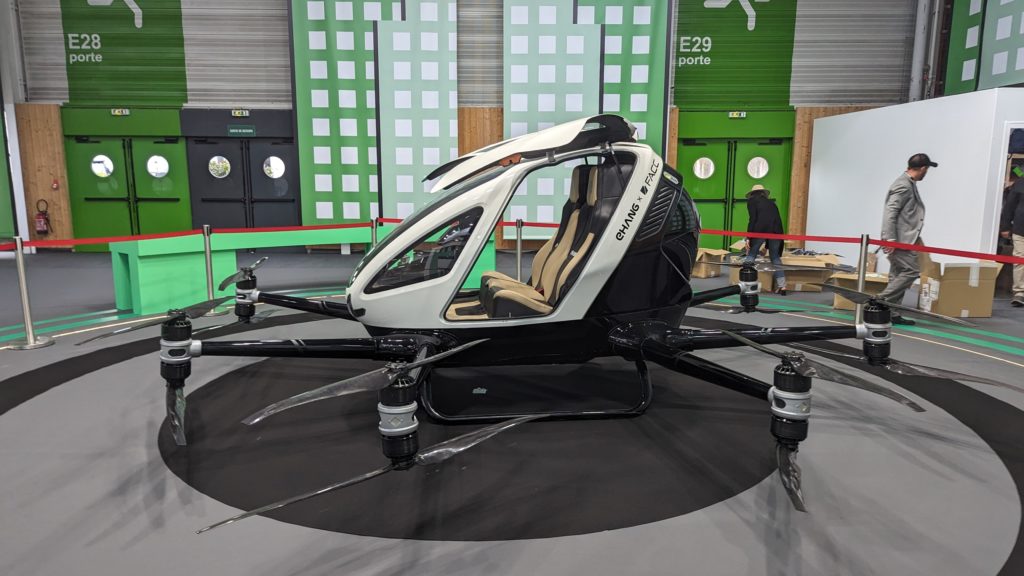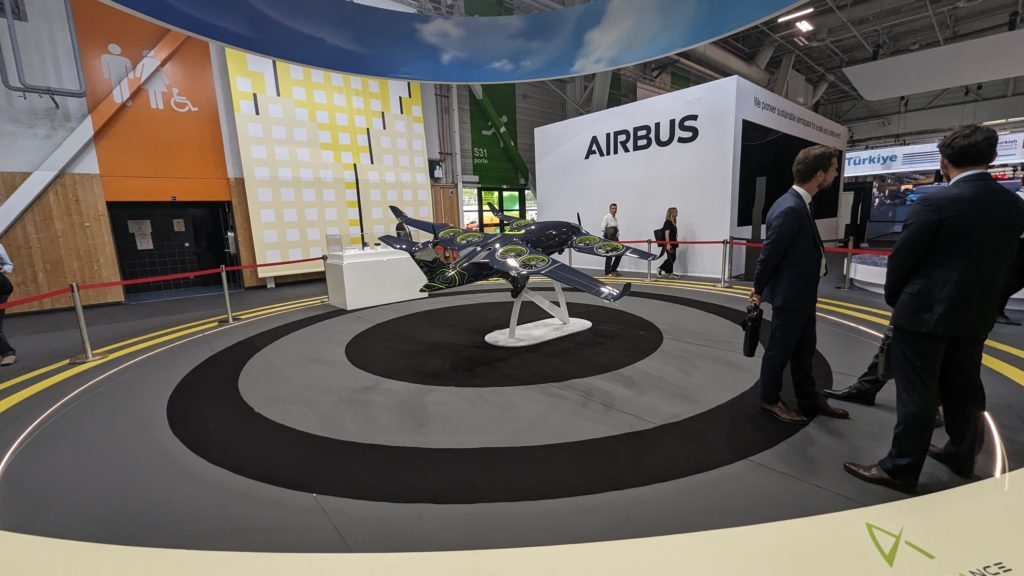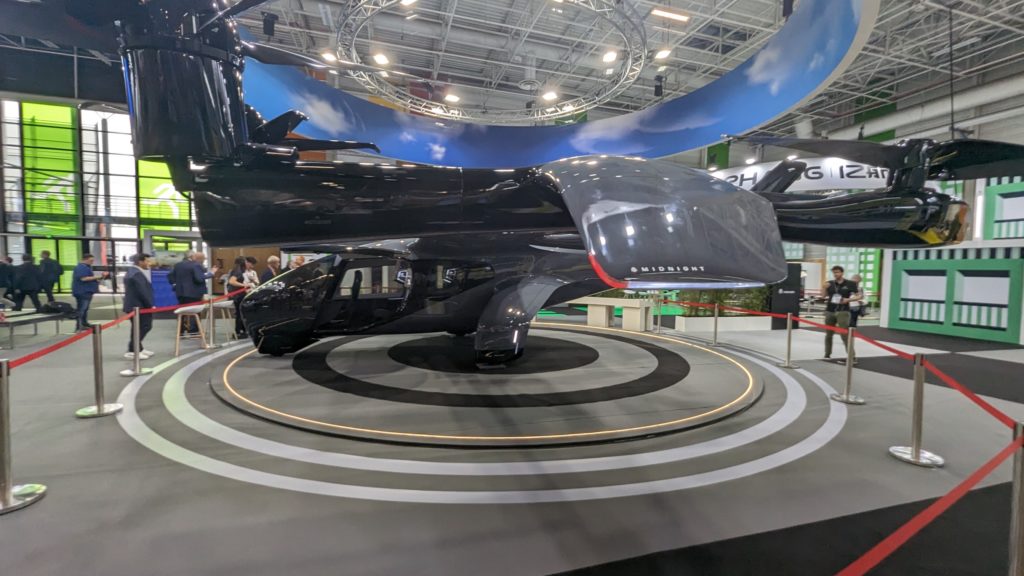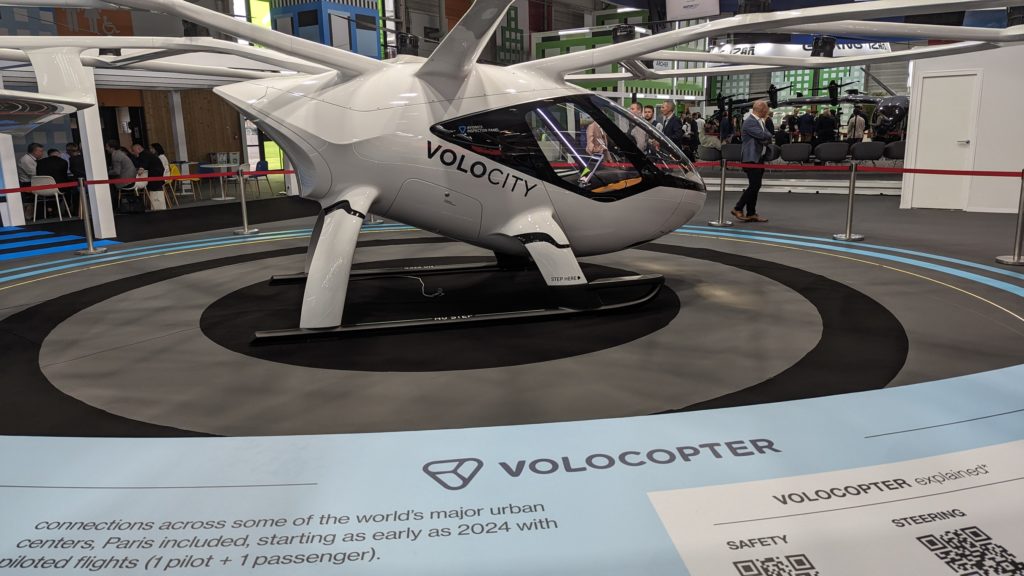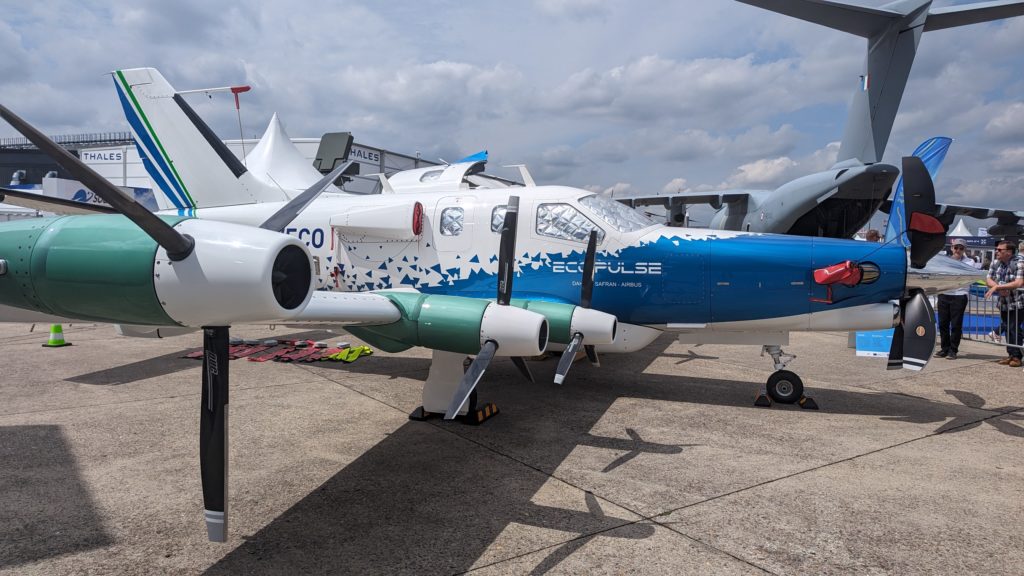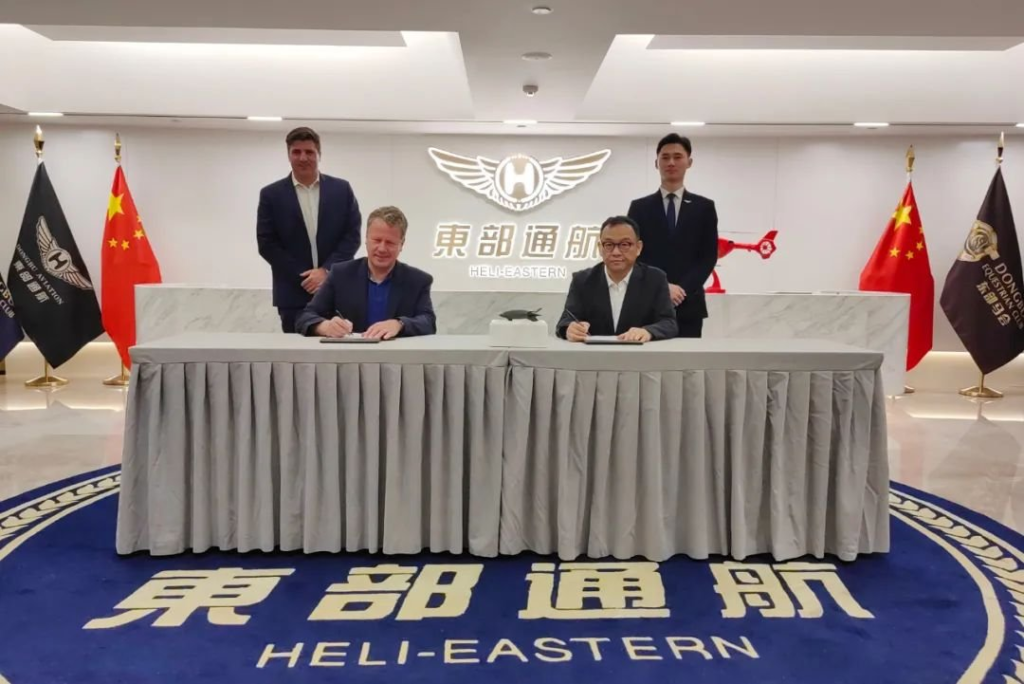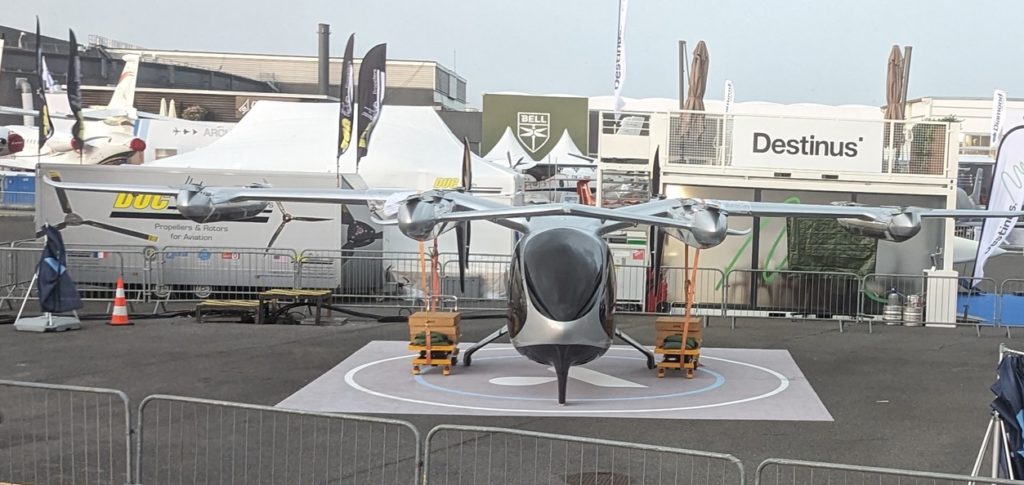Autoflight, a leading eVTOL company with facilities in China and Germany, annouced on July 27 2023 that they have successfully executed a world’s first formation flight of three autonomous eVTOL aircraft in Shanghai.

Three of Autoflight’s „Prosperity I“ eVTOL were involved in the groundbreaking flight, demonstrating the company’s capability in rapid prototype design, manufacturing, and its ambition to shape the future of aerial transportation.

„We aim to complement urban and regional means of transport for all people by building very safe, quiet, and affordable airtaxis,“ says Tian Yu, Founder of Autoflight, who has decades of experience developing and delivering remotely piloted aircraft at an immense scale.
Lukasz Gadowski, legendary technology entrepreneur, investor, and backer of Autoflight, adds, „It is a delight to be part of a venture that’s reshaping the frontiers of technology and innovation. With this successful flight, we have set a new standard for the eVTOL industry.“

The company, with dual headquarters in Augsburg, Germany, and Shanghai, China, previously achieved a world record flight in February 2023 where one of their prototypes covered 250 km on a single battery charge, demonstrating the potential for sustainability in the sector.
Over the past 18 months, Autoflight has continued to revolutionize eVTOL technology, achieving a series of world firsts: the first full-scale eVTOL transition flight in January 2022 and the first eVTOL full length flight video release in June 2022.
The record-setting formation flight saw three generations of the „Prosperity I“ aircraft, indicating the rapid evolution of the aircraft’s development. The company plans to make the prototypes into products, with a cargo version set to be released for safe cargo transport in Asia next year, and a passenger version gradually developed in the coming years, meeting the highest safety standards for aviation.
„The formation flight is a testament to our commitment towards making aerial transport safe, sustainable, and accessible,“ says Mark Henning, former Airbus Helicopter Engineering Chief and head of the Autoflight Europe team. „We have much more to come.“
For more information: https://autoflight.com
